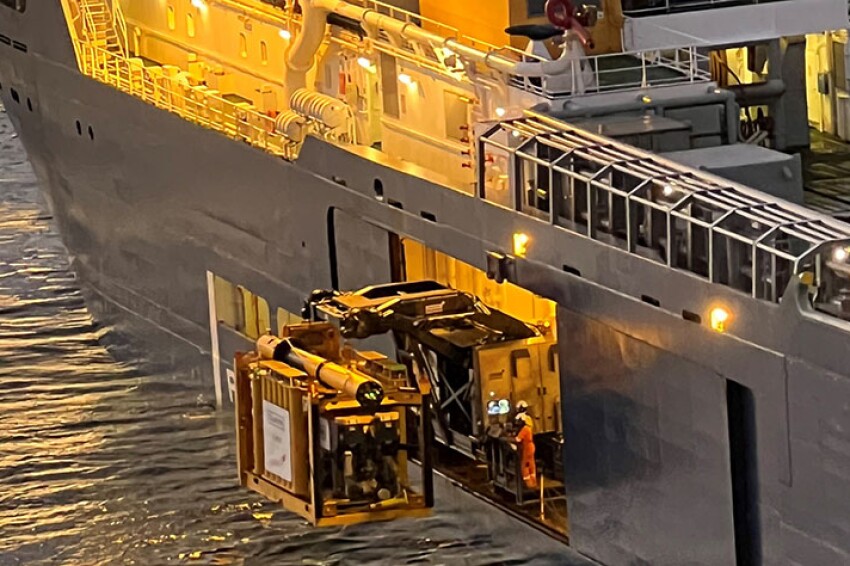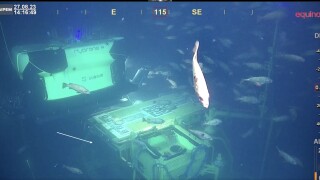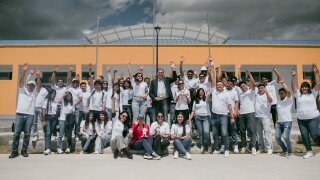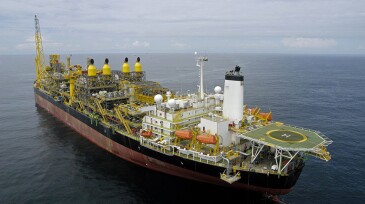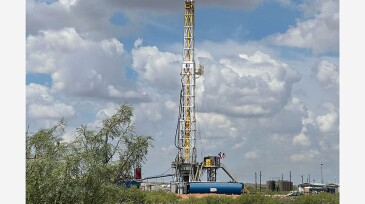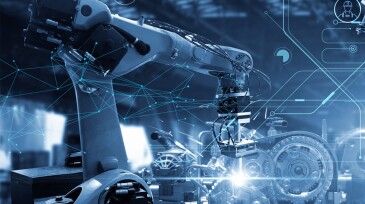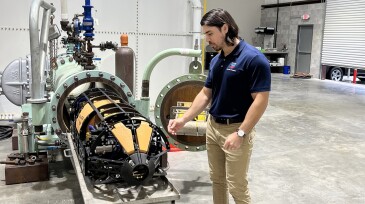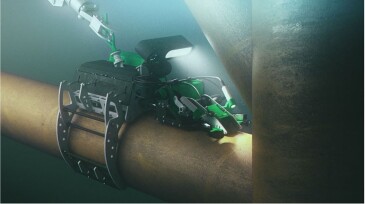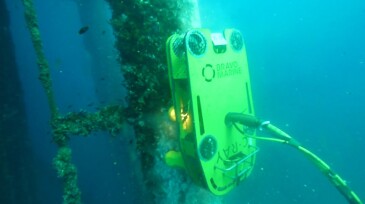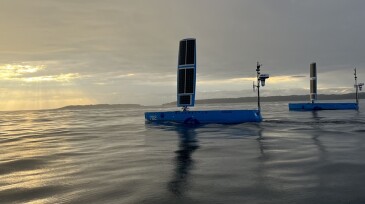Robotics/unmanned systems
With the right infrastructure and interoperability, subsea resident robotics could unlock more frequent, cost-effective inspections—and a new standard for offshore efficiency.
Emerging solutions could solve current subsea pain points, while a new taxonomy system could clarify the capabilities of the expanding domain of underwater vehicles.
The SPE Ecuador Section brought the excitement of robotics and energy education to life through an intensive 1-day Energy4me training, reaching 1,324 children from rural Quito.
-
This paper presents the operator’s learnings in evaluating the routine of a floating production, storage, and offloading asset crew to identify scenarios for the application of robotics in day-to-day offshore activities.
-
Technology uptake aimed at optimizing resources, delivering consistency, and augmenting what humans can do.
-
Analytics company GlobalData has released a report, “Robotics in Oil and Gas,” that aims to provide an overview of robotics technology and its applications in the oil and gas industry, highlighting the role of major oil and gas companies in the development and adoption of robotics to enhance safety and productivity.
-
Collaboration and technology will help the industry meet its toughest challenges, experts said during the opening session at ATCE.
-
The main objective of this paper is to provide a solution that eliminates the risks of working in confined spaces and aids in preventive maintenance.
-
The traditional method of inspecting tanks puts workers in danger. Using robots instead can keep workers out of harm’s way.
-
This paper presents an automated underwater robot and a nondestructive testing eddy-current probe for alternating-current field measurement analysis of jacket main welds.
-
Collaboration agreement lays foundation for advancing tech and know-how for harsh environment operations.
-
Chevron looks into using remotely operated vehicles to scrub marine growth from subsea structures.
-
BMT and Ocius plan to deploy 1,000 autonomous vessels to collect data as “satellites of the sea.”

